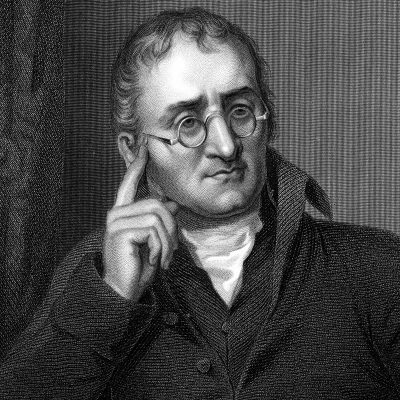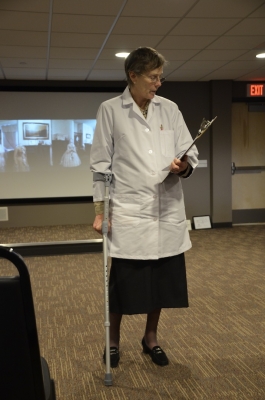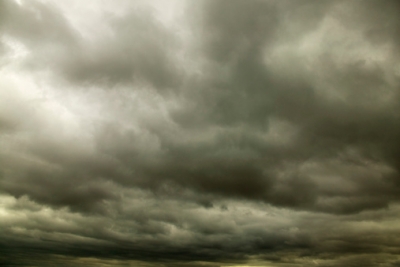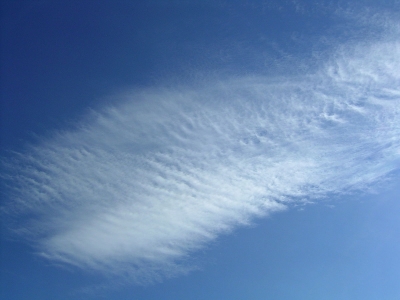Oobleck is not just the gooey stuff of a Dr. Seuss story. You can actually make the sticky substance at home

The term 'oobleck has come from the title of a Dr. Suess book, "Bartholomew and the Oobleck.
In the book, oobleck is a sticky substance that's falling from the sky and taking over an entire kingdom. But can this sticky substance exist outside the story? We can find out, but things can get messy!
What you need:
Corn starch, water, a cup, food or poster colours (optional), a bowl.
What to do:
Measure a cup of cornstarch and toss it into the bowl. Now measure out half a cup of water. Add the colour into the water and mix it.
Pour the water slowly into the bowl. Keep mixing with your other hand (Yes, hand! It has to be messy.).
Once all the water is mixed in, pick up the mixture in your hand and press it into a ball.
What happens?
The mixture turns into a ball in your hand, but once you open your fingers, it slumps into liquid form again!
(If that doesn't happen for you, try adjusting the amount of cornstarch and water.)
Why?
The secret is suspension. The cornstarch doesn't dissolve in the water, its particles just remain suspended if you let the oobleck rest, you'll find that the cornstarch settles down at the bottom of the bowl. Oobleck's behaviour is dependent on pressure. When you squeeze it, you apply pressure which makes the cornstarch particles clump together. When the pressure is released, the cons starch separates again
Sir Isaac Newton, the famous scientist had stated that normal liquids have a fixed thickness and flow. Since the cornstarch goop we made doesn't follow this rule, it is termed as a non-Newtonian fluid. Another example of a non-Newtonian fluid is quicksand.
Picture Credit : Google

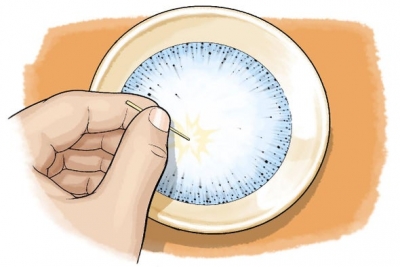
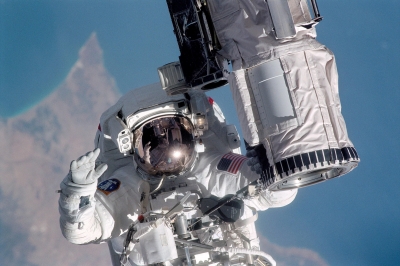
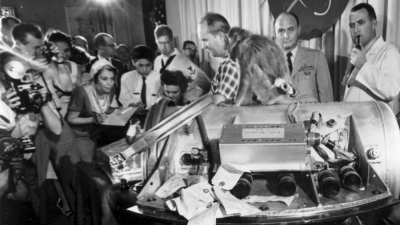
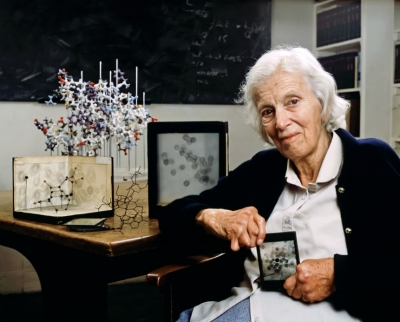
 Aurora borealis or northern lights near the north pole and aurora australis or southern lights near the south pole are fascinating natural light shows that have captivated human imagination for centuries.
Aurora borealis or northern lights near the north pole and aurora australis or southern lights near the south pole are fascinating natural light shows that have captivated human imagination for centuries.